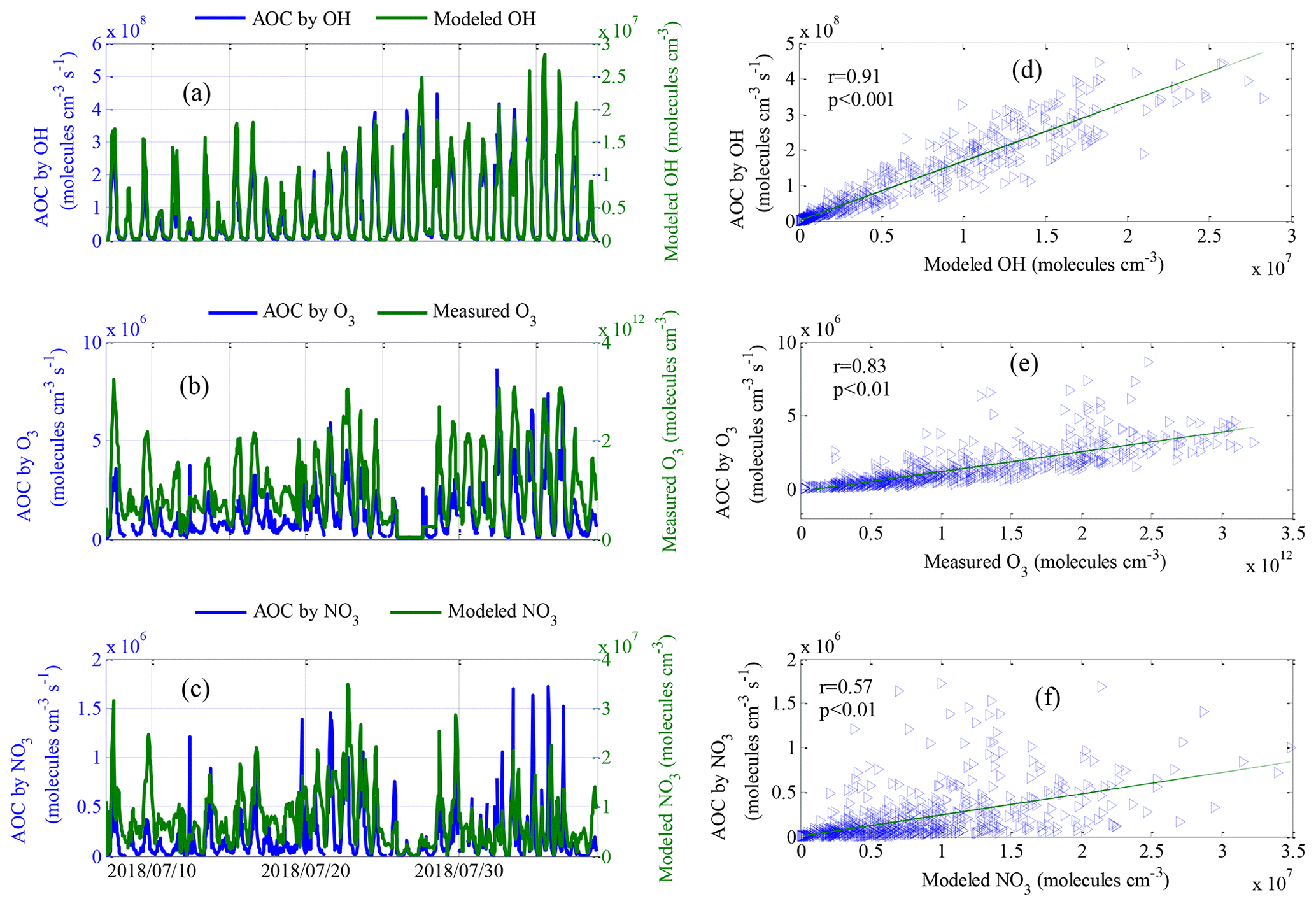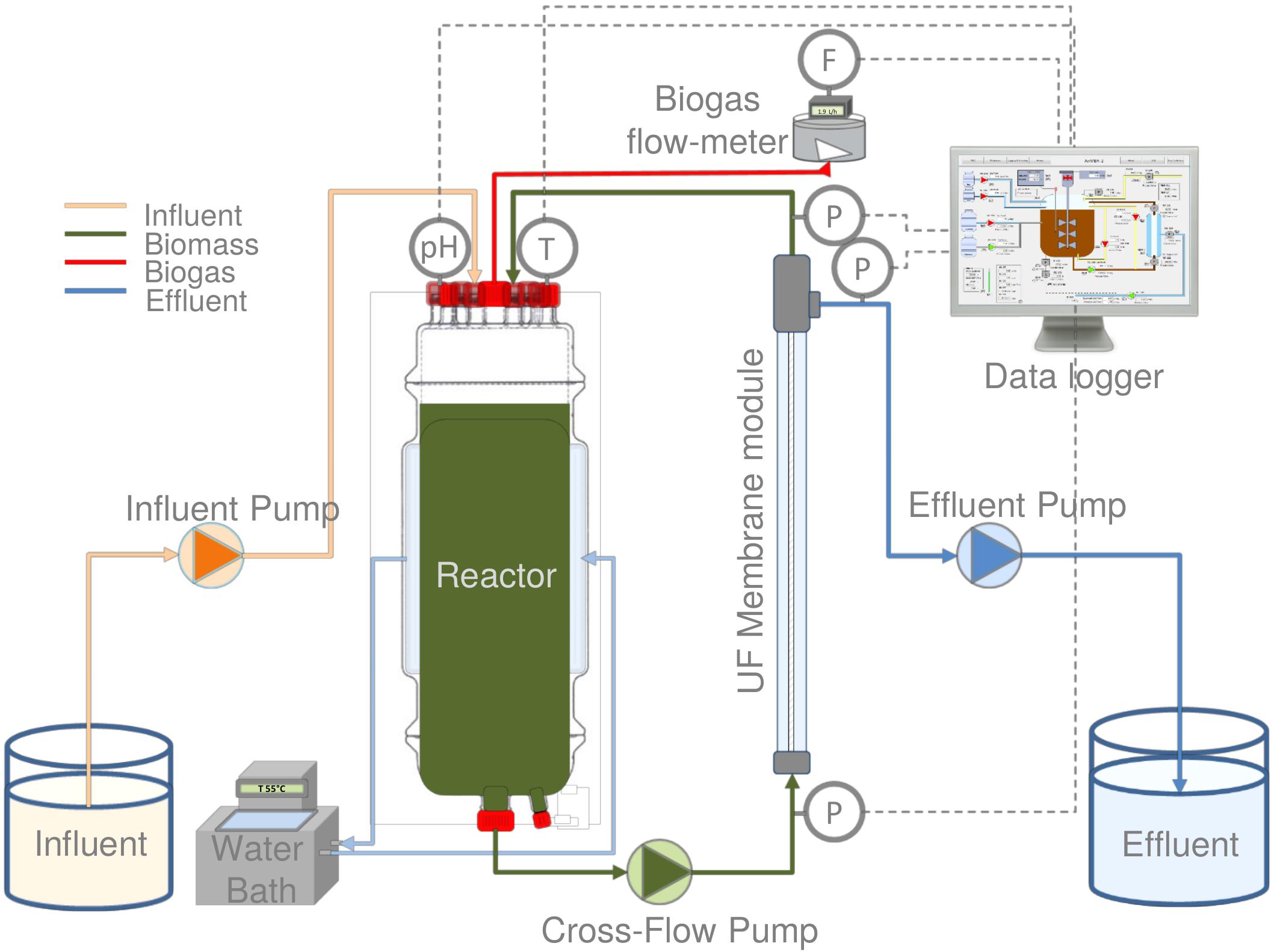
Thus, broadband sensors are favorable that cover the spectral range of various rotational-vibrational bands and thereby allowing for the simultaneous detection of multiple species with ideally a single instrument. In combustion applications, inferring temperature and species mole fraction traces of multiple reaction educts, products and combustion intermediates is essential to achieve a comprehensive understanding of reaction kinetics, the related combustion efficiency and pollutant formation. As the relative intensity of these transitions is related to the molecular populations in various quantum states that can be modeled, the gas quantities can be inferred from the measured absorption spectra. For combustion diagnostics, typically near-infrared (NIR) and mid-infrared (MIR) sensing based on the absorption of light at specific wavelengths is used, which correspond to the rotational-vibrational transitions of the respective molecules.

Infrared laser absorption spectroscopy is a widely used technique for quantitative, nonintrusive line-of-sight (LOS) measurement of gas quantities, such as temperature, species mole fractions and pressure. © 2021 Optical Society of America under the terms of the OSA Open Access Publishing Agreement 1. The multi-pass approach with SMF coupling, which avoids multi-mode fiber induced noise, allows for high-speed multi-species SCLAS measurements with low standard deviations for temperature this amounts to about 5 K and partially below at a temporal resolution of 25 µs. Simultaneous temperature and mole fraction courses of H 2O, CH 4, and CO 2 are inferred from NIR (near-infrared) broadband absorbance spectra detected by a Czerny Turner spectrometer (CTS) in a spectral range of 1374 nm to 1669 nm. SCLAS based measurements are presented during compression, auto-ignition and combustion in the RCEM for n-heptane/methane mixtures at varied AFR (air-fuel ratio) and n-heptane/EGR (exhaust gas recirculation) mixtures at temperatures exceeding 1800 K and pressures up to 80 bar. The impact of beam steering on the SCLAS signal is compared with the ray-tracing analysis and high-speed flame luminosity images.

For the HMPC, 1-dimensional refractive index gradients occurring in the RCEM combustion chamber are analyzed via ray-tracing with respect to axial and vertical beam steering. Note: Author names will be searched in the keywords field, also, but that may find papers where the person is mentioned, rather than papers they authored.Ī novel supercontinuum laser absorption spectroscopy (SCLAS) approach combining a planar external Herriott multi-pass cell (HMPC) with fully single-mode fiber (SMF) coupling is presented for broadband multi-scalar combustion measurements in a rapid compression expansion machine (RCEM).Use a comma to separate multiple people: J Smith, RL Jones, Macarthur.Use these formats for best results: Smith or J Smith.For best results, use the separate Authors field to search for author names.Use quotation marks " " around specific phrases where you want the entire phrase only.



 0 kommentar(er)
0 kommentar(er)
